Nature’s Ballet: Designing Gardens that Invite Butterflies and Pollinators | Julie Orr Design
Introduction:
Embark on a journey to create enchanting gardens that serve as havens for butterflies and pollinators. At Julie Orr Landscape Design, we advocate for sustainable and biodiverse landscapes that not only captivate but also support vital ecosystem elements like pollinators.
Understanding Pollinator Gardens
Pollinators like butterflies, bees, and insects play a crucial role in sustaining ecosystems and biodiversity by facilitating plant pollination. This process extends to human diets, ensuring the reproduction of fruits and vegetables. Beyond food, pollinators contribute to plant reproduction, providing habitat and sustenance for wildlife. Recognizing their importance is key to actively supporting our environment. Designing pollinator-friendly spaces involves principles such as plant variety, continuous blooms, water sources, sheltered areas, and avoiding pesticides. Incorporating these into garden design attracts and sustains pollinators, actively contributing to conservation efforts and fostering a healthier environment.
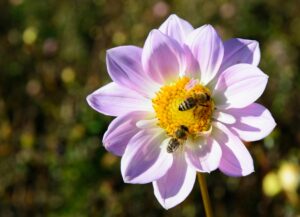
Creating a Pollinator Paradise
Creating a pollinator paradise involves two key aspects: selecting pollinator-friendly plants and providing habitats and resources. Choose nectar-rich flowers, native plants, and host species to support various pollinators. Incorporate water sources, sheltered areas, and strategic plant arrangements to mimic natural landscapes. This approach ensures your garden is visually appealing while serving as a functional ecosystem that supports pollinators, contributing to overall health and biodiversity.
- Pollinator Plants
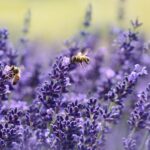
Sunflowers, Helianthus annuus: Tall, bright flowers that provide nectar for bees and seeds for birds.sunflowers
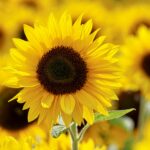
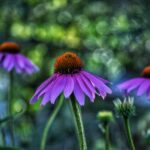
Bee Balm, Monarda sp.: A vibrant plant with aromatic leaves and flowers that are a favorite of bees and hummingbirds.
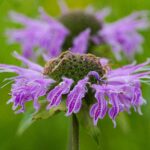
Milkweed, Asclepius sp.: Essential for monarch butterflies, milkweed has beautiful flowers and is a host plant for butterfly larvae.
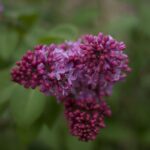
Sage, Salvia sp: Ornamental sage with vibrant blooms that are a favorite of hummingbirds and bees.
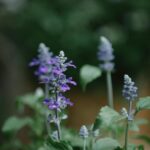
Butterfly Bush, Buddleia sp. : A fast-growing shrub with long, fragrant flower spikes that attract butterflies and bees.
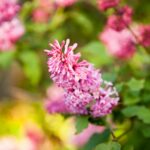
Black-Eyed Susan, Rudbeckia sp: Cheerful yellow flowers that provide nectar for bees and attract butterflies to the garden.
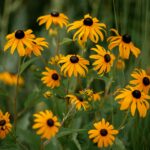
Maintenance and Conservation
To ensure the long-term care of your pollinator-friendly garden, adopt sustainable practices that prioritize both your outdoor space and the well-being of pollinators. Implement eco-friendly gardening techniques, such as natural pest control and organic alternatives to pesticides, minimizing harmful chemicals. Reduce pesticide usage to protect beneficial insects like bees and butterflies, creating a safer environment. Education and community involvement are crucial for conservation efforts, raising awareness about the importance of pollinators and fostering a united community committed to their preservation.
Conclusion: Cultivating Nature’s Harmony
Designing a garden that beckons butterflies and pollinators isn’t just about aesthetics; it’s a commitment to preserving nature’s delicate balance. Julie Orr Design is dedicated to helping you craft vibrant and sustainable outdoor spaces that not only delight but also contribute to the preservation of our natural world. Curious more about blog like this? Click here for more.

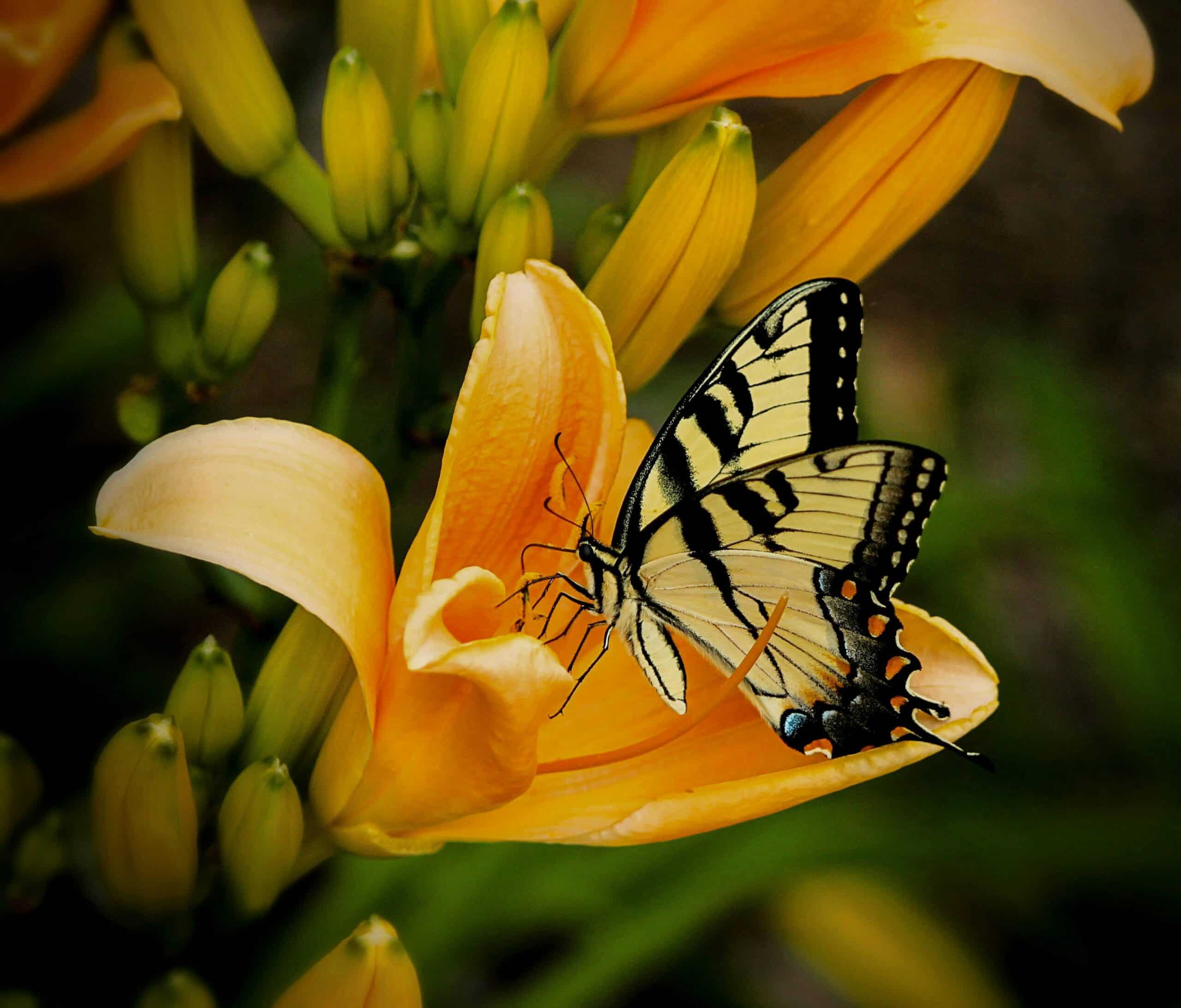
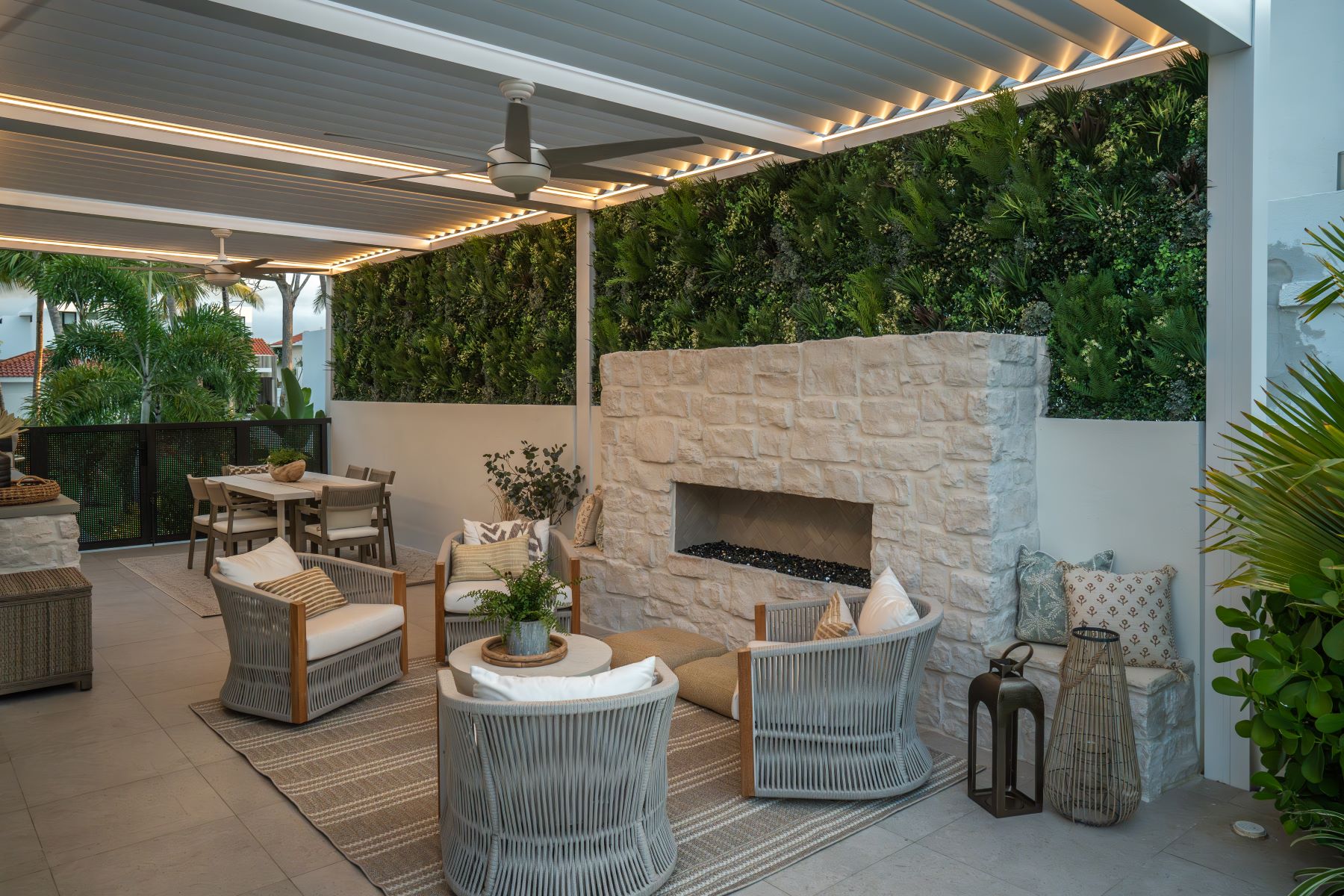
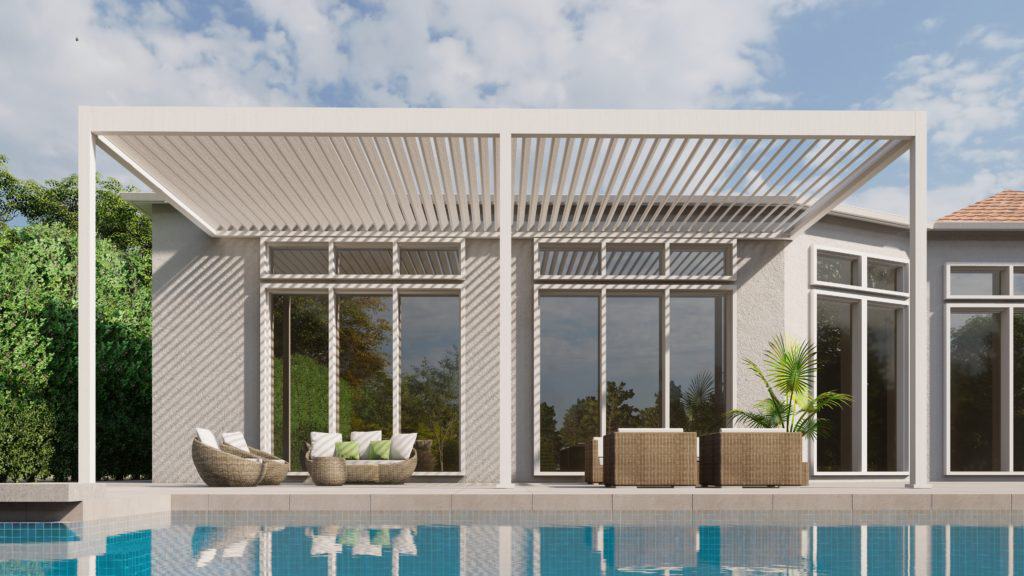
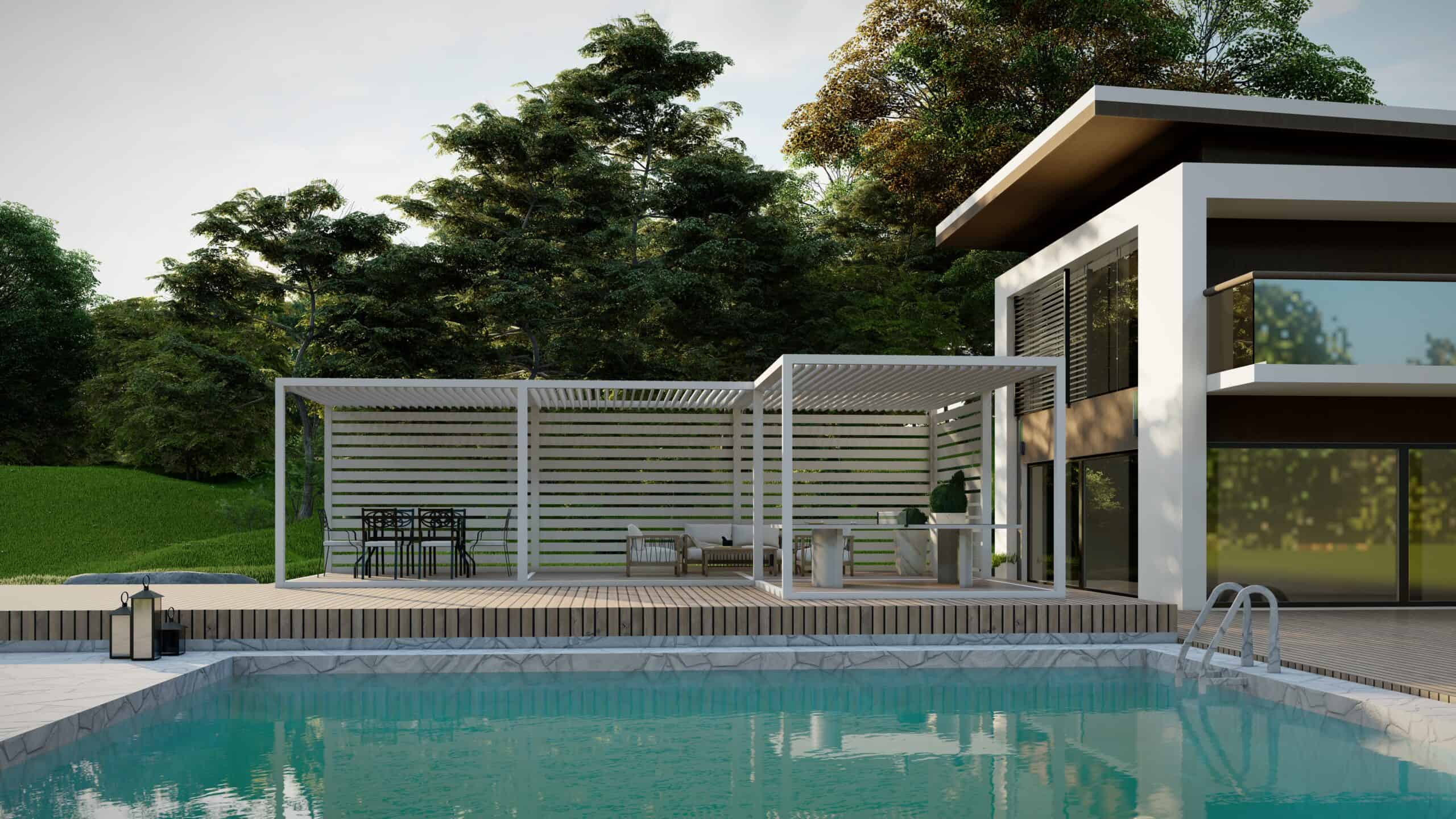
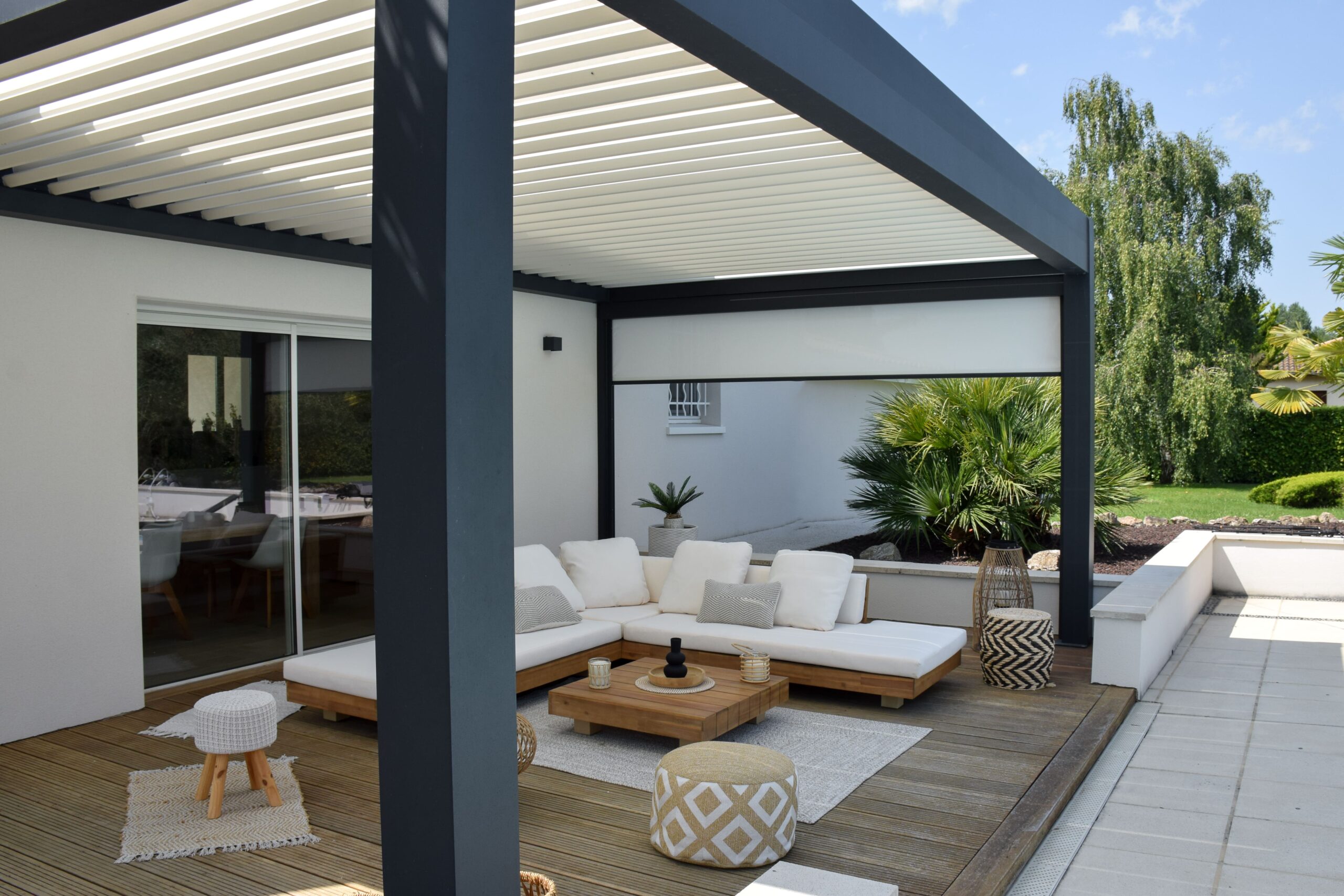
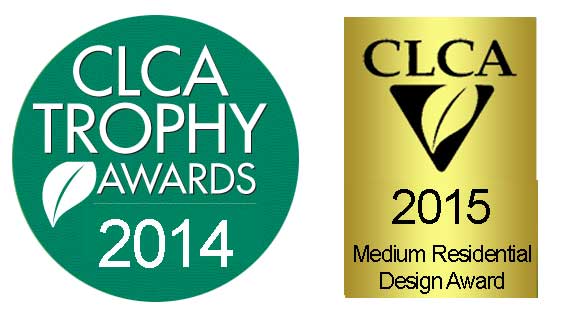

Leave A Comment